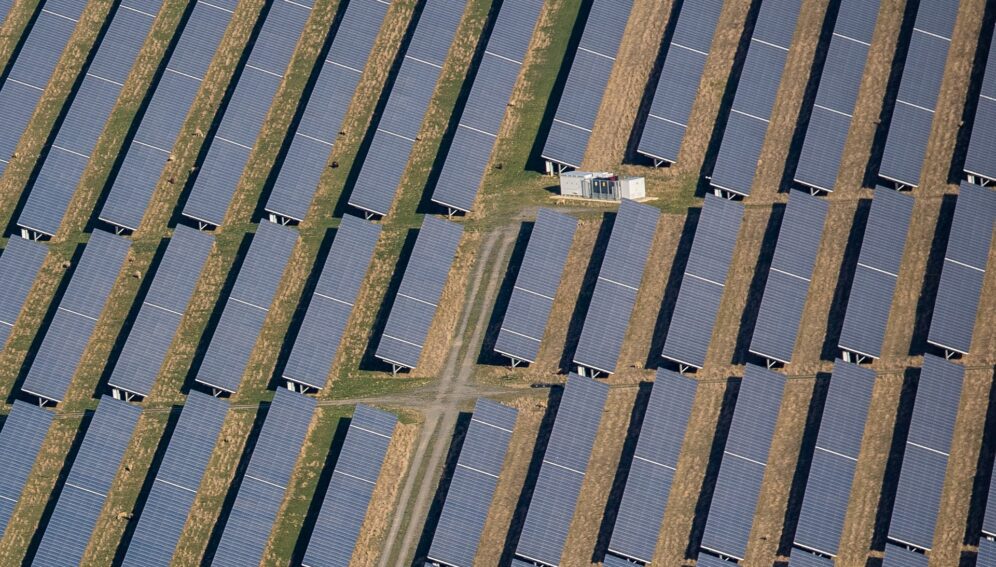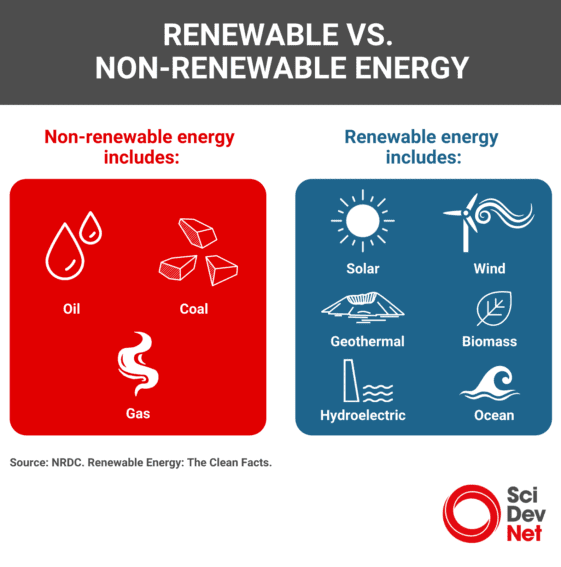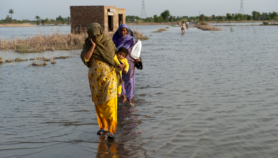22/03/22
Taking stock of climate issues amid Ukraine war

By: Crispin Maslog
Send to a friend
The details you provide on this page will not be used to send unsolicited email, and will not be sold to a 3rd party. See privacy policy.
As 2021 drew to a close, the burning issue confronting our planet was global warming. It was “Code Red for humanity”, to quote UN secretary-general Antonio Guterres responding to an alarming report by the Intergovernmental Panel on Climate Change. Only scientists fully understand what this means — a slow, near-unstoppable burn for our planet and humanity.
Then, all of a sudden, Russia invaded Ukraine and started an insane war that made us forget for the moment the climate crisis confronting us. And yet the two events will feed on each other and bring the world closer to disaster.
As the demand for oil to run the engines of war and civilisation skyrocket, the world is in the grip of an oil price shock. Inflationary pressures rise and consumer tempers flare.
“ASEAN governments must now address the life and death issues of the air we breathe by taking gas-powered vehicles off the road.”
Crispin Maslog
Lost in the noise is the hike in the prices of fertiliser and other farm inputs. Farmers need fuel to power their tractors, ploughs, combines and delivery trucks.
We are now caught between a rock and a hard place. The knee-jerk reaction of governments is to force the prices of oil down — by bringing up more supplies from underground reserves in the US, South America, Europe and unwillingly on the part of the politically neutral countries in the Middle East.
Ignore high oil prices, go green
In the meantime, we ignore the climate crisis and opt for the palliative — continue to keep oil prices down and pollute the world with carbon dioxide emissions from the engines of war and civilisation. I urge instead that now is the time to really push towards renewable energy. Bite the bullet. Continue to mitigate the climate crisis.
Let our desperation for industrial power drive us instead to step up for renewable energy. The US must lead and not allow itself to be diverted from its ‘Build Back Better’ plan to renovate its superhighways, build back its factories and power its engines of industry and transportation with renewable green energy.
I cited the US at the start of this column because, although it is involved in the Ukraine war through its military assistance, we need its leadership to move the renewable energy drive forward. It will spend US$9.5 billion alone in the next 10 years to boost hydrogen production in the US. Hydrogen is needed to decarbonise industrial products because it takes the place of fossil fuels to generate intense heat and store chemical energy.
American scientists hope to reduce the cost of making hydrogen with renewable electricity by at least 80 per cent in the next 10 years. That’s when it becomes price-competitive with oil, gas, and coal, according to American experts.
Renewable energy picks up in Asia
The good news is that the drive towards renewable energy is also gaining momentum in Asia. Nine of the ten Association of South-East Asian Nations (ASEAN) member states are gung-ho for net-zero emissions by 2050 to fight climate change. Only the Philippines lags behind.
Indonesia, Thailand, and Vietnam lead the ASEAN race for renewable energy with some of the largest renewable energy projects in South-East Asia in 2022. Indonesia has two floating solar plants — one 40 megawatt power station at a Krakatau Steel facility, and one 145 megawatt station in Cirata, West Java. They are expected to come online this year. Thailand plans to install 1.77 gigawatts of green energy capacity this year, most of which will be renewable. Vietnam is hoping to see 488 megawatts installed in 2022.
Meanwhile, AC Energy, controlled by Philippine billionaire Jaime Zobel de Ayala’s Ayala Corp., and Singapore-based Sunseap Group — backed by Thai billionaire Isara Vongkusolkit’s energy firm Banpu pcl — are investing around US$2.4 billion in renewable energy projects across Southeast Asia.
In particular, Sunseap have agreed with Badan Pengusahaan Batam to build a US$2 billion floating solar farm and energy storage facility on the Indonesian island of Batam, only 45 minutes away by ferry from Singapore. The floating solar farm, which can produce 2.2 gigawatts of peak electricity, spans 1,600 hectares on the Duriangkang Reservoir in the southern part of Batam island, making it one of the world’s largest floating photovoltaic systems. It has also installed solar panels on the rooftops of more than 3,000 buildings in Singapore. The Batam solar farm will potentially offset more than 1.8 million metric tonnes of carbon per year, equivalent to taking more than 400,000 cars off the road each year.
Talking about cars, it is time ASEAN countries, with a collective population close to 700 million and a region known to quickly embrace new technologies, join the electric vehicle bandwagon for the sake of a clean environment. ASEAN governments must now address the life and death issues of the air we breathe by taking gas-powered vehicles off the road.
Let us use our oil reserves to keep prices down and at the same time continue to develop renewable energy resources — solar, wind, waves, water and geothermal.
We should not let the Ukraine war and the skyrocketing prices of oil divert us from the goal the world breathlessly articulated in the 23 November declaration of COP 26 in Glasgow: “to keep alive the hope of limiting the rise in global temperature to 1.5 C”.
Let us not betray that hope — or we burn.
Crispin Maslog, a former editor at Agence France-Presse and a science journalist, taught science journalism at Silliman University and the University of the Philippines Los Banos.
This piece was produced by SciDev.Net’s Asia & Pacific desk.
















